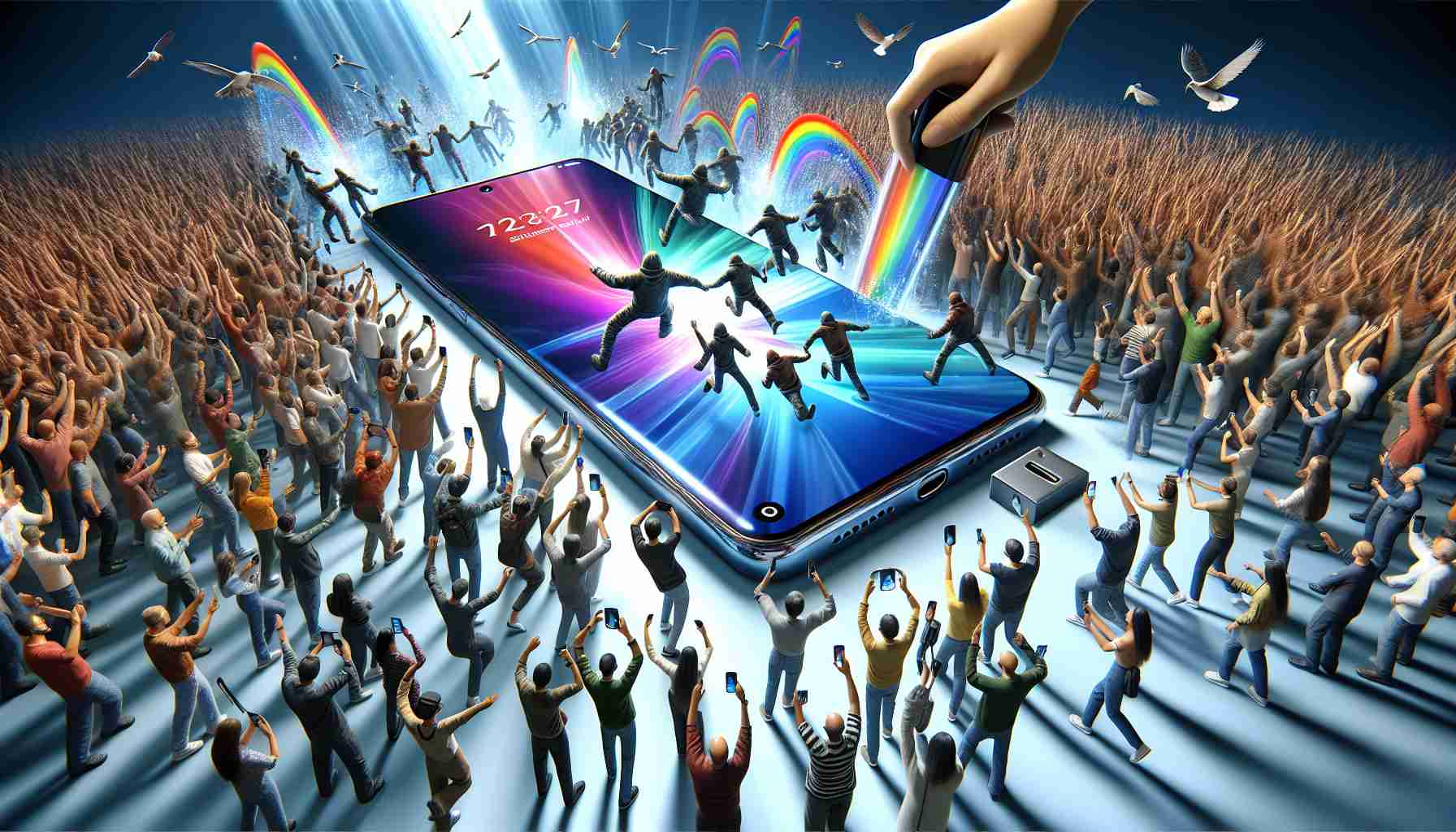Tech enthusiasts and Apple aficionados are buzzing with anticipation over the upcoming iPhone 16, poised to take the stage as the new flagship of the esteemed brand. Mingling curiosity with excitement, fans are particularly intrigued by what novel features will accompany the next iteration of Apple’s innovative lineage.
Projected Release Timeline for Apple’s iPhone 16
As tradition predicts, Apple is expected to unveil its latest technological marvel, the iPhone 16, in September 2024. This timeline aligns with Apple’s historical pattern of autumn releases, pointing toward September as a month marked in many a calendar. The tech giant is anticipated to precede the launch with a signature hardware event, aimed at stirring the market and loyal customers. Speculation places this event tentatively on September 10, 2024, with the iPhone 16 hitting store shelves shortly after.
Pricing Speculations
Though official pricing remains under wraps until Apple’s official announcement, analysts suggest the iPhone 16’s base model may start at an estimated $799. Despite murmurs of potential increases to offset rising production costs, the current conjecture provides a ballpark figure for budgeting tech enthusiasts.
Features and Enhancements of iPhone 16
Despite remaining physically akin to its predecessor, the iPhone 16 is projected to offer a multitude of improvements and color choices—as many as seven hues. Notable design tweaks include a new photographic “Capture Button,” facilitating effortless snapshots and video capture. Sources also allude to a new vertical camera alignment to facilitate spatial video recording, while the smartphone’s camera system may continue featuring a 48-megapixel main and 12-megapixel ultra-wide camera, alongside sought-after improvements to lens flare issues.
Technological Advances: AI and A18 Chip
The iPhone 16 is expected to be powered by the new A18 chip, providing enhancements across the board, including AI-related functionalities. Imminent AI features may include upgraded Siri interactions, on-device AI abilities for insulating privacy, and AI-driven camera capabilities, elevating the user experience in every snapshot and command. Despite these informed projections, only time will tell the true extent of innovation Apple has in store with the iPhone 16.
The anticipation of the iPhone 16 is based on Apple’s reputation for delivering cutting-edge technology and design in its products. Given the importance of the iPhone to Apple’s business, the release of a new model is a major event in the tech industry and has far-reaching implications for the mobile market. Here are key questions, challenges, controversies, and advantages and disadvantages associated with the iPhone 16’s upcoming release.
Key Questions:
1. What innovative features will the iPhone 16 include that differentiate it from previous models?
2. How will the iPhone 16 impact Apple’s market share and financial performance?
3. What will the iPhone 16 offer in terms of sustainability and environmental impact?
Answers:
1. The iPhone 16 is expected to offer several improvements over its predecessor, including a potential new camera alignment and AI-driven functionalities. However, exact differentiators will only be clear upon official announcement.
2. Historically, the launch of a new iPhone often leads to a spike in sales for Apple. The iPhone 16’s impact will depend on its reception by consumers and the competitiveness of the market at the time.
3. Apple has been increasingly focusing on sustainability; the iPhone 16 may incorporate recycled materials and more energy-efficient components, though specifics will become clear closer to the launch.
Key Challenges and Controversies:
– Affordability: If there is a price increase for the iPhone 16, this could become a point of contention for consumers, especially in a market saturated with high-quality yet less expensive alternatives.
– Innovation Pressure: There is ongoing debate about whether Apple can maintain its pace of innovation, with some critics suggesting the company’s recent models have lacked groundbreaking features.
– Privacy Concerns: With increased AI capabilities, the iPhone 16 will have to balance advanced functionality with user privacy, a particularly sensitive issue in the current technology landscape.
Advantages:
– State-of-the-Art Technology: The inclusion of the A18 chip promises improvements in speed, efficiency, and AI capabilities.
– Premium Build Quality: Apple’s iPhones are known for their superior build quality and design aesthetics, which is expected to continue with the iPhone 16.
– Brand Loyalty: Apple’s strong brand loyalty virtually guarantees a successful launch with a ready customer base.
Disadvantages:
– Cost: iPhones are typically on the higher end of the pricing spectrum, potentially pricing out certain demographics.
– Ecosystem Limitations: Apple’s closed ecosystem may deter users who prefer more open and customizable operating systems.
– Competitive Market: With numerous competitors offering advanced features at lower prices, Apple must keep innovating to justify the iPhone’s premium status.
Related resources on this topic can be found on the main Apple domain, where you may find official statements and product details upon release: Apple. Keep in mind that any final details about the iPhone 16, including its official release date, pricing, features, and environmental impact, will be confirmed by Apple closer to the launch date.
